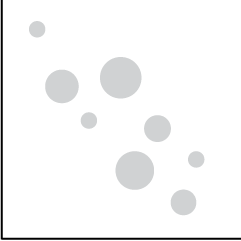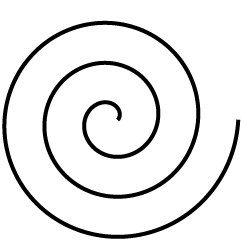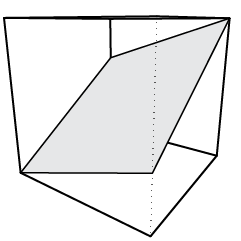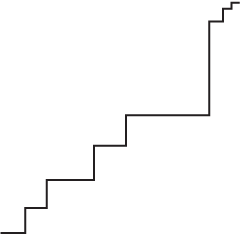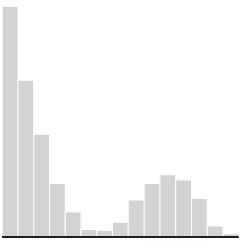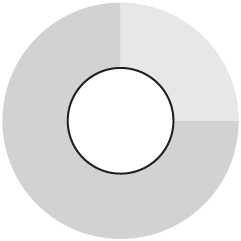Leland Wilkinson passed away on Friday, according to his daughter Amie. In visualization circles, he was best known for The Grammar of Graphics, which defined a system to describe and implement all statistical charts. Here’s Jessica Hullman on Wilkinson’s contribution:
My own admiration for Grammar of Graphics is partly why I chose to get into visualization back as a grad student. I remember thinking his concept of a frame was really important but underappreciated in any discussions I’d heard about visualization. I read it for the first time as a Ph.D. student and have been calling it my favorite book for years. Whenever I go back to reread chapters I always come away with some new appreciation. I even bring in a copy to pass around in my interactive visualization course, trying to get students to sense its influence and hopefully read it. Just looking at the examples is like an education in visualization.
Hadley Wickham, whose ggplot2 package in R is based on Wilkinson’s grammar, posted:
Lee Wilkinson is the reason that ggplot2 exists; not just because he wrote the Grammar of Graphics, but also because he was so kind and supportive to me when I was a young grad student thinking of trying to implement it. He will be missed.
The Grammar of Graphics was one of the first books I ever read on visualization, and the topics have stuck with me ever since. Wilkinson’s work no doubt influenced many others and helped push visualization to where it is today.

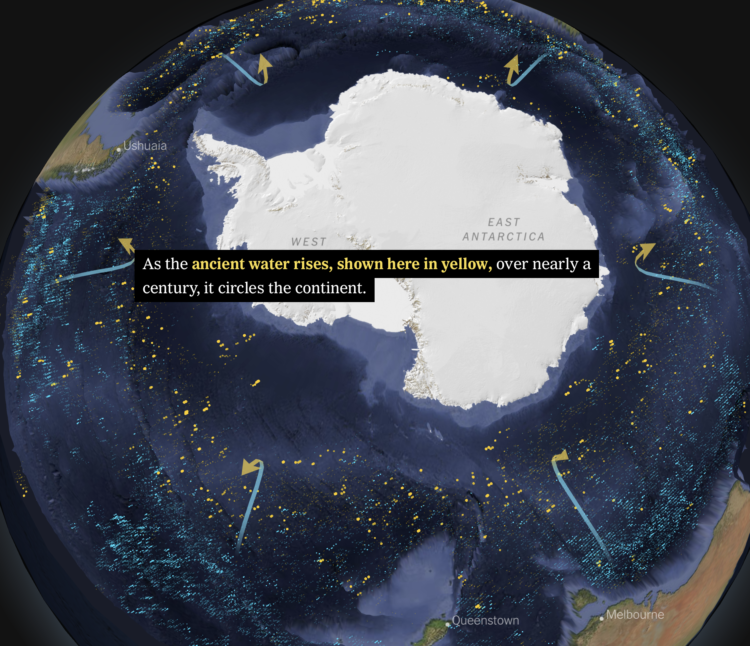
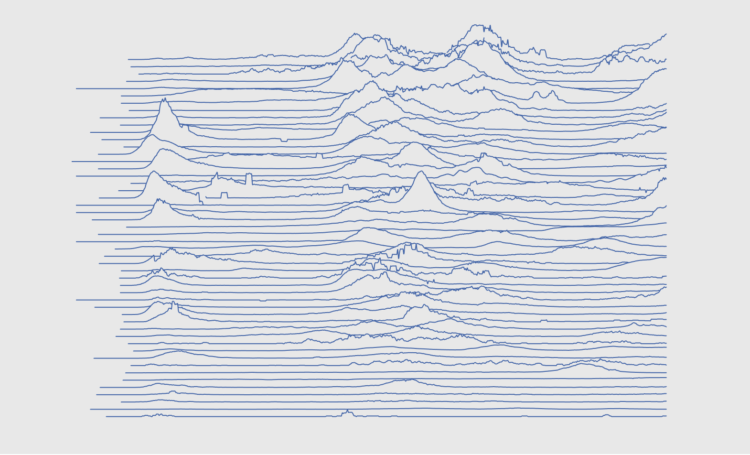


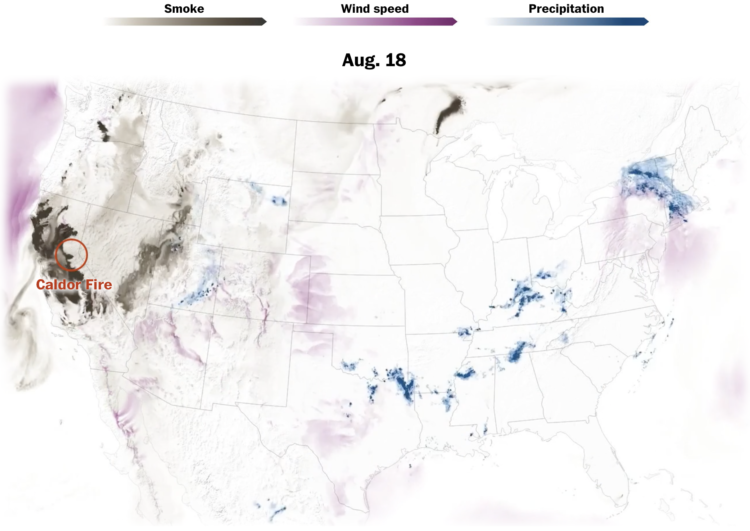

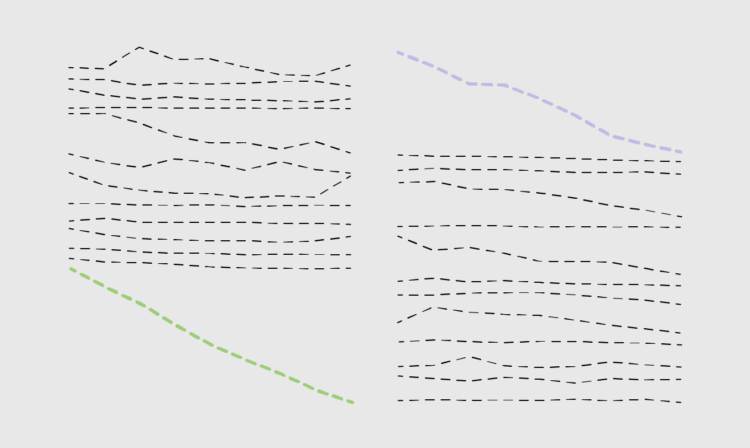

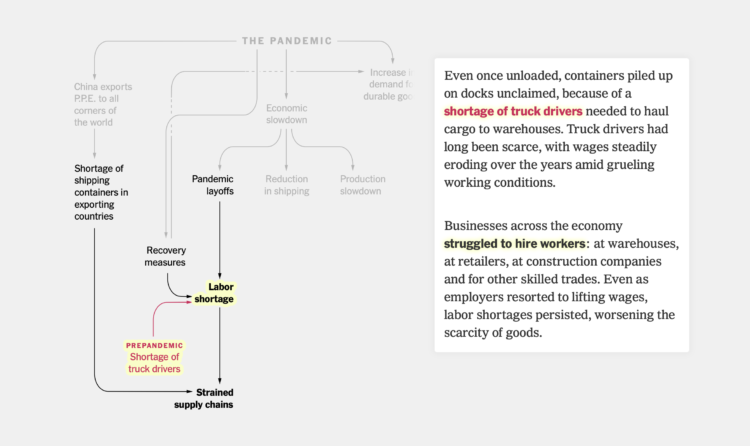

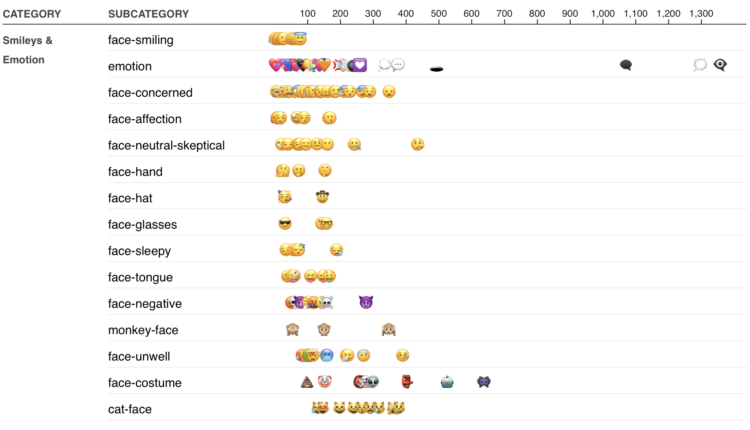

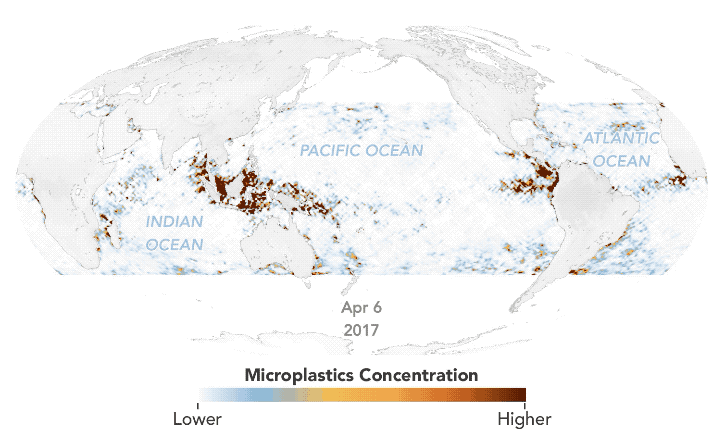
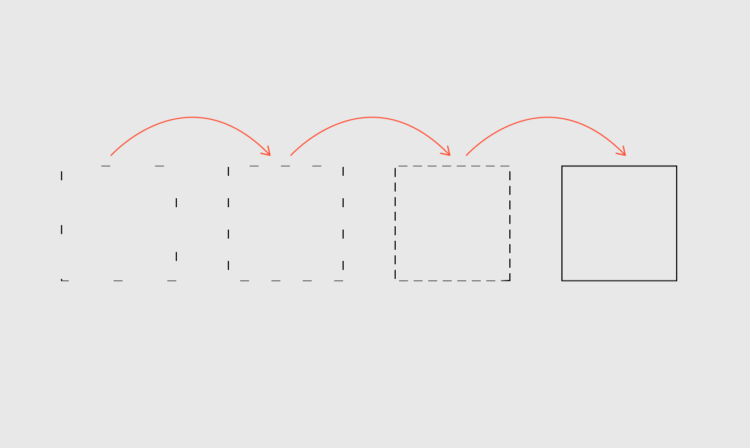
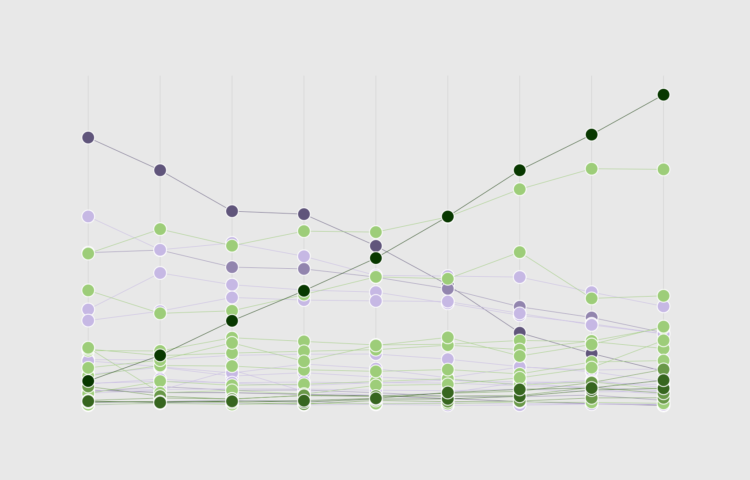
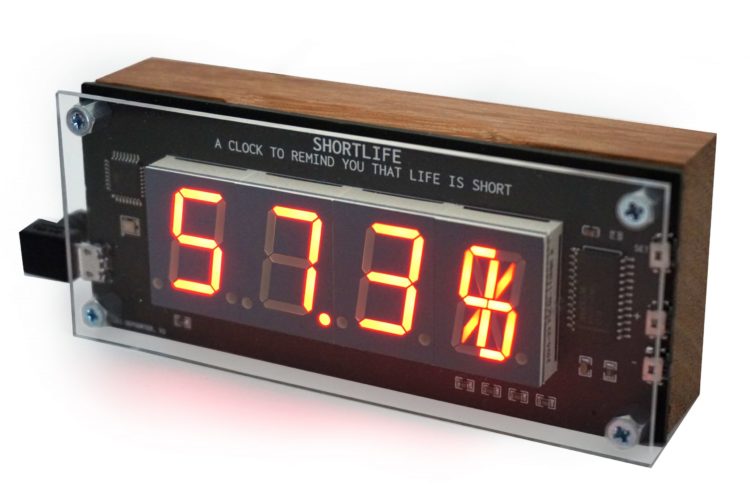
 Visualize This: The FlowingData Guide to Design, Visualization, and Statistics (2nd Edition)
Visualize This: The FlowingData Guide to Design, Visualization, and Statistics (2nd Edition)
